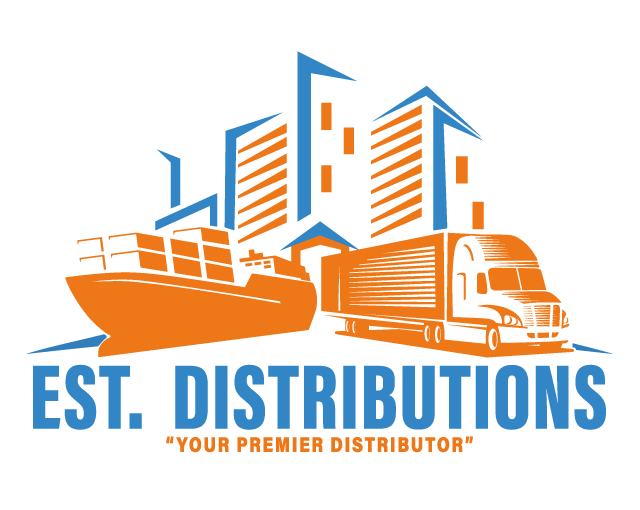Est. Distributions:
Your Premier Supplier
Unrivaled Quality and Variety
EST. DISTRIBUTIONS stands as the epitome of excellence in the industry. Our dedication to continuous improvement is evident in our new, supply chain industry, featuring twice the space and increased sawing capacity.
Partnering with the finest global suppliers, we ensure the highest quality products according to international standards and technical specifications.
OUR products


Aluminum diamond plate
Explore Our Precision Services and Vast Inventory
ISO 9001:2015
Certification
Est. Distributions proudly boasts ISO 9001:2015 certification, a testament to our unwavering commitment to quality and customer satisfaction.
This certification is a vital part of our dedication to continuous improvement in our organization.
This certification is a vital part of our dedication to continuous improvement in our organization.

We do accept different form of payments such as: VISA, MASTERCARD, DISCOVER, AMERICAN EXPRESS, CHECKS, AND BANK TRANSFER.
Connect With Us
Contact us via email or phone.
Our phones are answered Monday to Friday, 7 am to 4:30 pm.
Your satisfaction is our priority.
- info@estdistributions.com
- 407 732-4476
© 2024 │ EST. DISTRIBUTIONS │ All rights reserved │ Terms & Conditions
